Unveiling Deception: The Role of Digital Forensic Analysis in Software Development
XZ Backdoor Scandal: A Mathematical Inquiry into Time, Trust, and Deception
In the realm of digital security and software development, trust is a currency as valuable as the code itself. Recent events surrounding a backdoor found in the xz/liblzma tarball, as reported by Rhea Karty and Simon Henniger, unveil a breach of trust that echoes warnings about the anonymity and accountability within the free software ecosystem. Through a meticulous analysis of time stamps and commit patterns, we embark on a forensic investigation that challenges our understanding of trust in the digital age.
Understanding the Significance of Time in Coding Commit Patterns
The digital forensic investigation into Jia Tan’s contributions to the XZ repository reveals an intriguing narrative about the use and manipulation of time stamps and time zones. Time, in the context of software development, goes beyond a mere metric; it is a tapestry interwoven with work habits, geographical location, and personal integrity. This analysis draws parallels to the methodologies used in investigating mathematical claims, where data patterns and anomalies serve as pivotal evidence.
The Anomaly of Time Zone Manipulation
The case of Jia’s commits introduces a complex scenario where time zones are potentially manipulated to mask the true geographical location of the committer. The observation that Jia’s commit time stamps predominantly reflect UTC+08 time zone, supposedly to align with Eastern Asian regions, while occasionally slipping into UTC+02 and UTC+03, raises red flags. Such anomalies are not just quirks but potential indicators of deliberate deception.
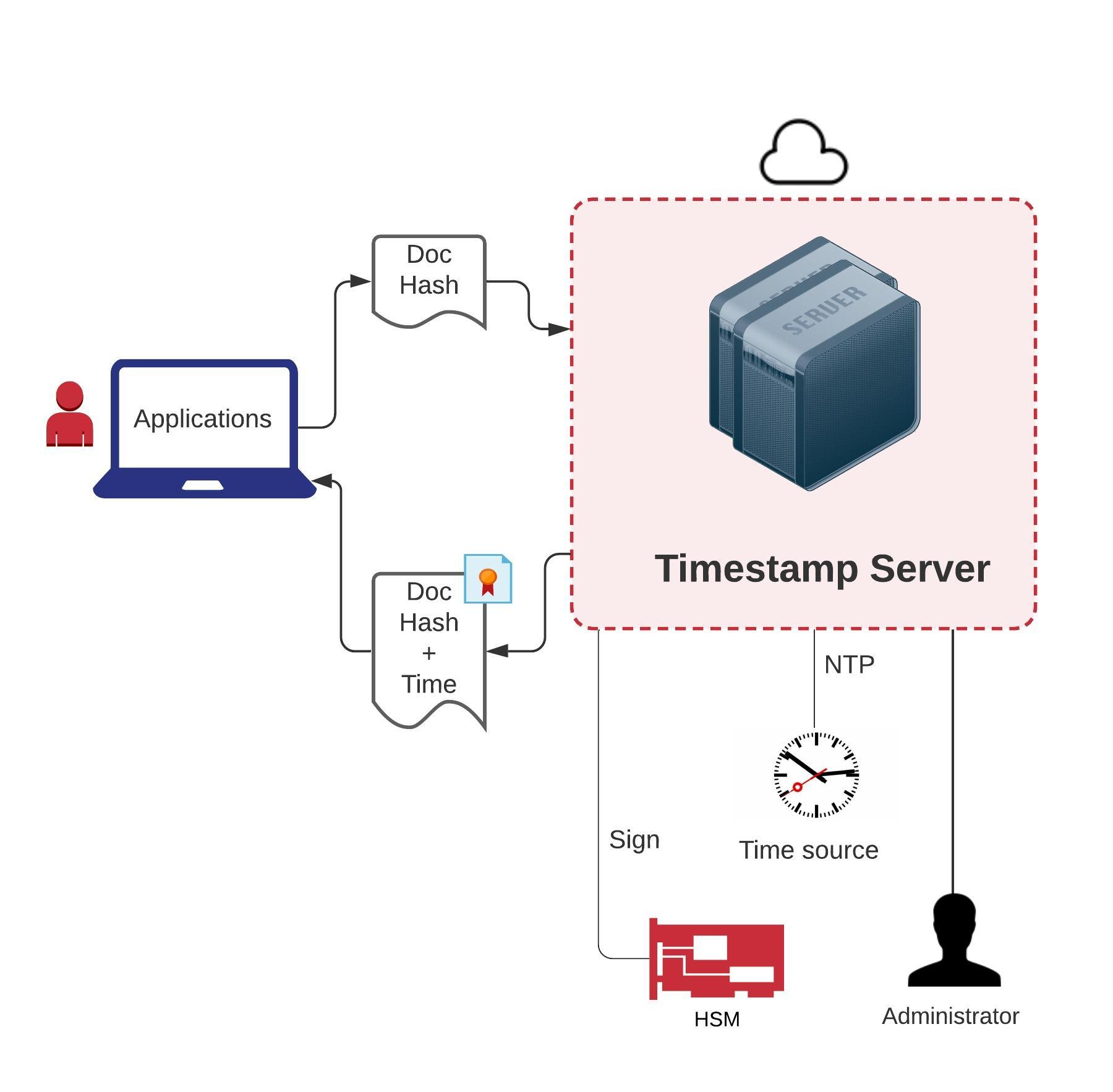
Analyzing Commit Patterns for Geographic Inconsistencies
An illuminating piece of this puzzle is the analysis of working hours reflected in the commits. The regular office hours portrayed in the commits (adjusted to EET) versus the late-night hours associated with the +08 timezone point towards a significant likelihood of time zone manipulation. This finding, when juxtaposed with the improbability of commuting between time zones in unrealistic timelines, paints a telling picture of Jia’s actual geographic location being in the UTC+02/03 time zone.
Deception Beyond Borders: The Cultural Context
The inference drawn from holiday and work patterns offers additional layers to this complexity. The alignment of Jia’s activity with Eastern European holidays, as opposed to Chinese public holidays, offers cultural context clues that challenge the assumed identity. This observation not only questions the authenticity of the geographical claims but also opens up discussions on the impact of cultural understanding in cybersecurity forensics.
The Implications of This Discovery
This analysis not only underscores the vulnerabilities inherent in the trust-based system of free software development but also highlights the need for new methodologies in digital forensics. The intersection of mathematics, coding patterns, and geopolitical analysis emerges as a powerful toolset in unraveling complex cyber deceptions.
Conclusion: Rebuilding Trust in the Shadows of Doubt
The unraveling of the xz/liblzma backdoor scandal serves as a cautionary tale about the fragility of trust in the digital domain. As we navigate the aftermath, the role of detailed forensic analysis becomes paramount in re-establishing the foundations of trust and integrity within the community. By leveraging mathematical rigor and cross-disciplinary analysis, we can aspire to a future where the integrity of free software is not just assumed but assured.

In our quest for digital security and integrity, let this episode remind us of the proverbial saying: “Trust, but verify”. Through vigilant oversight and robust forensic practices, we can safeguard the sanctity of the digital ecosystem against the specter of deceit.
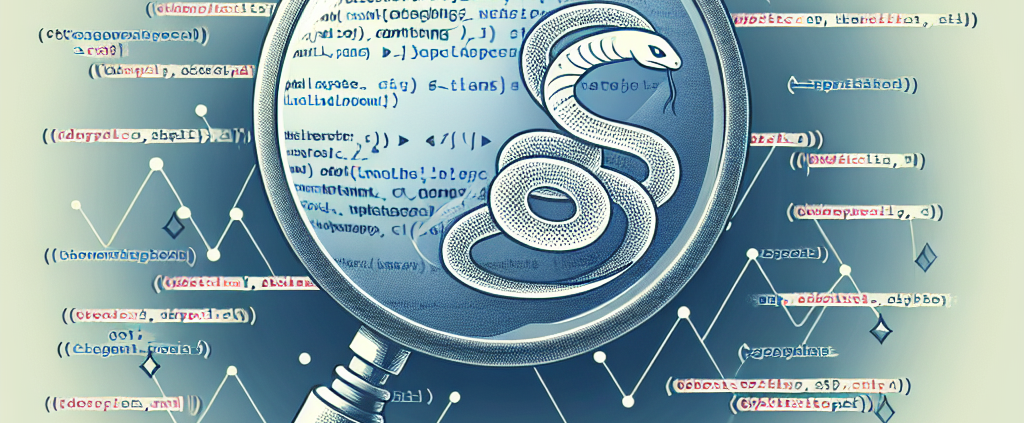
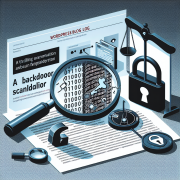
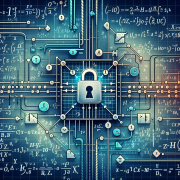


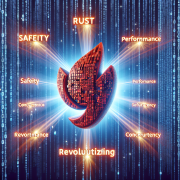
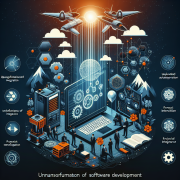


Hello, David Maiolo here. In this article, I aimed to dissect the intricate web of trust and deception that pervades the realm of software development, using the xz/liblzma scandal as a case study. By marrying mathematical analysis with digital forensic techniques, we can uncover the truth hidden within code and commit patterns. Sharing this journey is crucial for fostering a more secure and transparent software ecosystem. Thank you for reading and reflecting on the importance of integrity in our digital world.
I found this piece both enlightening and somewhat disturbing. As someone skeptical of our current trajectory with AI and technology, seeing how even the realms of digital security and software development aren’t immune to deception gives pause. However, the depth of analysis and the promise of techniques like digital forensic analysis offer a silver lining. It’s fascinating, though I hope we can find ways to maintain the integrity of systems upon which we’ve grown so dependent. Also, as an Attack on Titan fan, I appreciate the narrative of uncovering deeper truths—it’s like we’re all trying to find out what’s in the basement, metaphorically speaking.